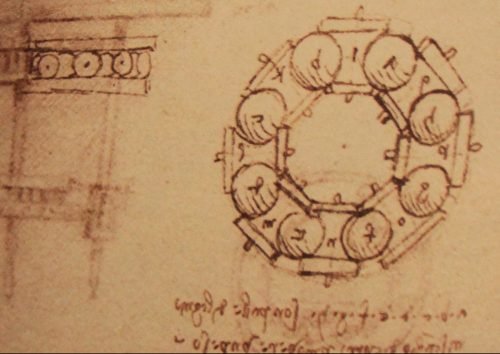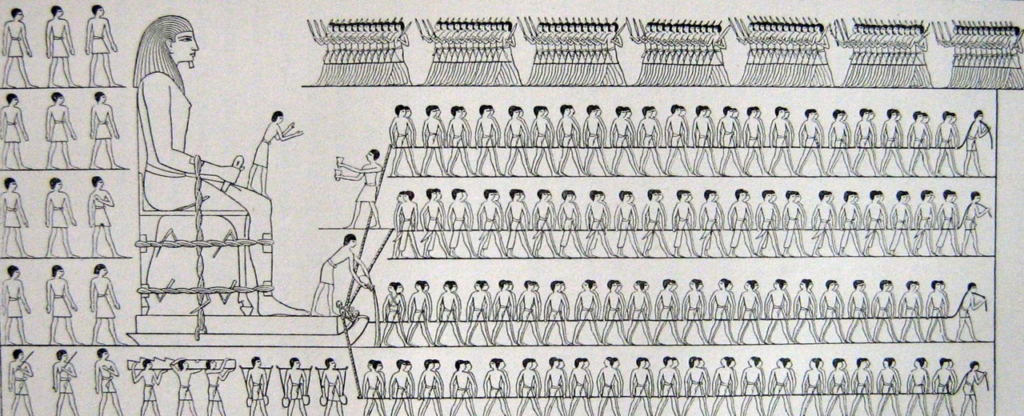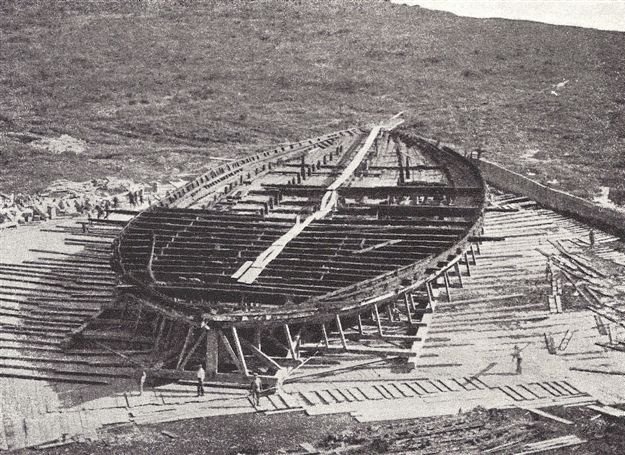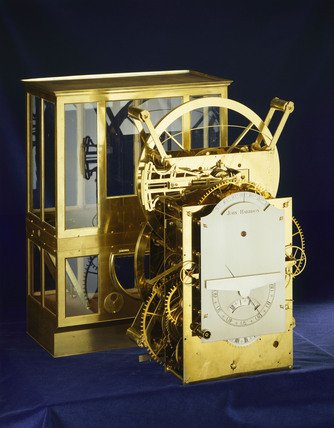JVN Bearings, Shop No F6,
1st Floor, Ruby Commercial Centre,
Mangalore, 575002

The word “bearing” incorporates the meaning of “to bear,” in the sense of “to support,” and “to carry a burden.” This refers to the fact that bearings support and carry the burden of different types of moving elements. Bearings reduce friction and allow a controlled and efficient transmission of power
The invention of the rolling bearing, in the form of wooden rollers, supporting, or bearing, an object being moved is of great antiquity and may predate the invention of the wheel.
People realized that placing rolling logs beneath heavy objects made it easier to drag them across a surface. The evidence of such a mechanism is evident through cave drawings. Various liquids were also used to provide lubrication to the bearings and make their motion smoother. Different materials were experimented upon to create better bearings, from bronze, to zinc.
The first plain and rolling-element bearings were wood closely followed by bronze. Over their history bearings have been made of many materials including ceramic, sapphire, glass, steel, bronze, other metals and plastic (e.g., nylon, polyoxymethylene, polytetrafluoroethylene, and UHMWPE) which are all still used today.

Djehutihotep Tombs Drawings of Moving Stone Sculptures
It is often claimed that the Egyptians used roller bearings in the form of tree trunks under sleds. They are depicted in their own drawings in the tomb of Djehutihotep as moving massive stone blocks on sleds with liquid-lubricated runners which would constitute a plain bearing. There are also Egyptian drawings of bearings used with hand drills.

Recovered Ball Bearing from Roman Nemi Ship.
The earliest recovered example of a rolling element bearing is a wooden ball bearing supporting a rotating table from the remains of the Roman Nemi ships in Lake Nemi, Italy. The wrecks were dated to 40 BC.
Leonardo da Vinci incorporated drawings of ball bearings in his design for a helicopter around the year 1500. An issue with
The first practical caged-roller bearing was invented in the mid-1740s by horologist John Harrison for his H3 Marine Timekeeper. This uses the bearing for a very limited oscillating motion.
The first modern recorded patent on ball bearings was awarded to Philip Vaughan, a British inventor and iron-master who created the first design for a ball bearing in Carmarthen in 1794. His was the first modern ball-bearing design, with the ball running along a groove in the axle assembly.

John Harrison H3 Marine Timekeeper
In 1917, bearing manufacturers in the US, created an informal group to aid bearing manufacturing for World War I, this lead to the foundation of ABMA (American Bearing Manufacturers Association). The ABMA created the numbering system which is still followed today throughout the world to produce and manufacture all types of standard bearings. It will be discussed in future articles. Stay tuned!
